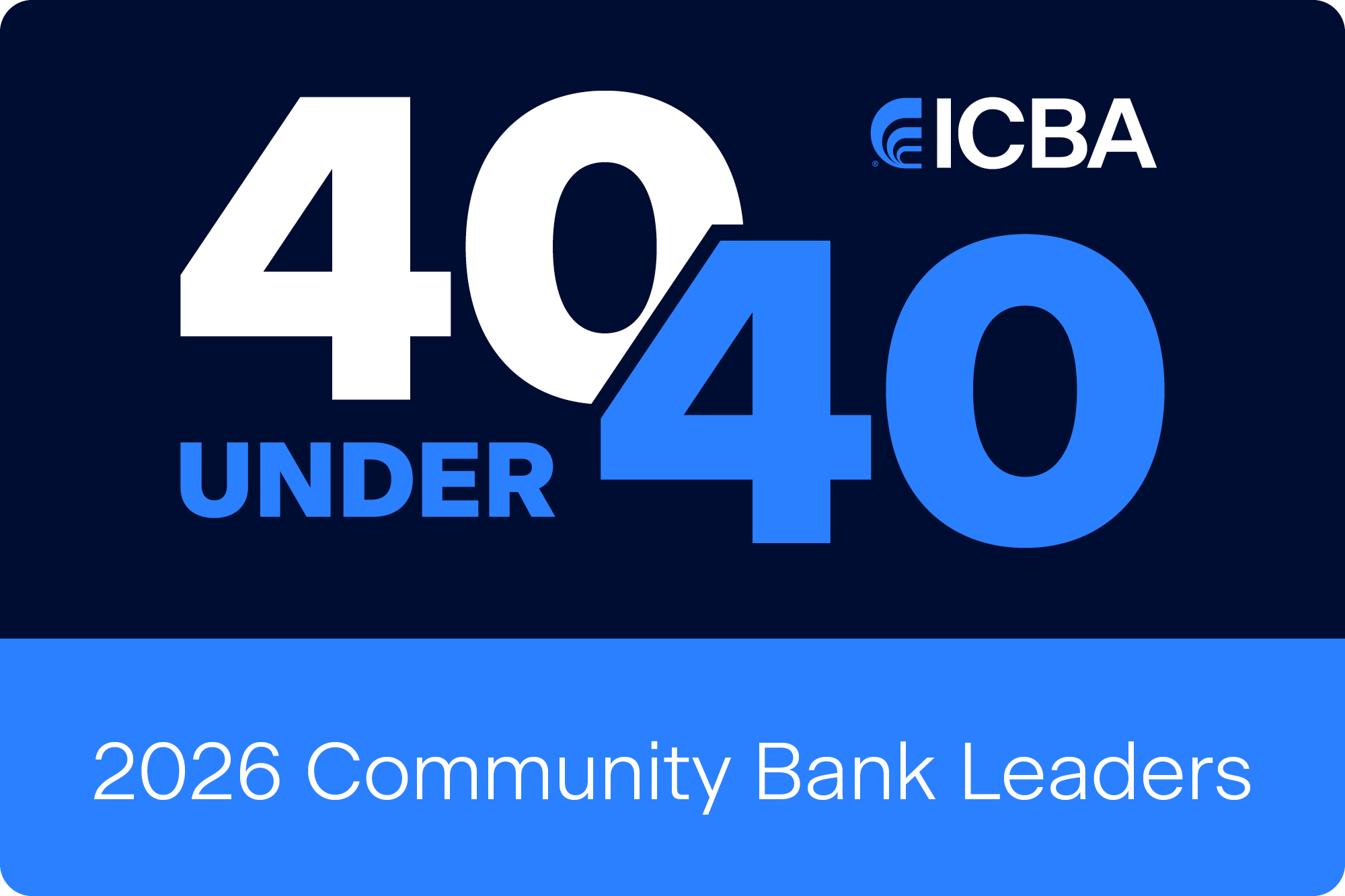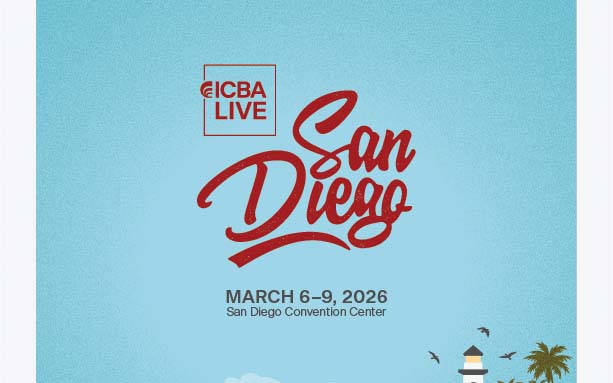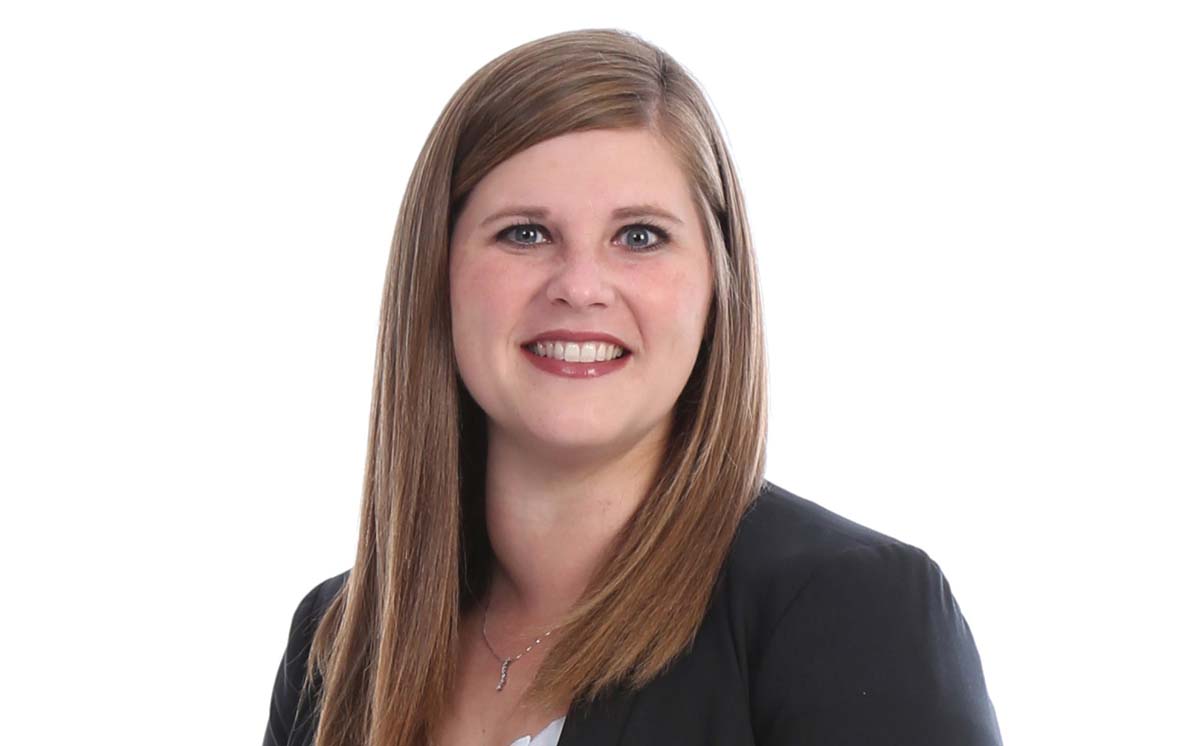Millions of Americans and their families don’t have bank accounts. Their reasons are their own; some lack financial literacy, and others’ trust in the banking system has been eroded. But many community banks are finding ways to better serve the underserved.
How community banks are reaching the unbanked
May 01, 2020 / By Kelly Pike
Millions of Americans and their families don’t have bank accounts. Their reasons are their own; some lack financial literacy, and others’ trust in the banking system has been eroded. But many community banks are finding ways to better serve the underserved.
As a community banker, you know it doesn’t make sense to pay a check cashing fee if you can get your money using direct deposit for free.
Perhaps they’ve taken a financial hit thanks to fees they didn’t understand, or they were turned down for credit. Maybe their parents never used a bank, so they don’t understand the system, or they came from a country where the banking system wasn’t reliable. Or maybe they’re living paycheck to paycheck and can’t afford the minimum deposit.
These people—known as the unbanked and underbanked—have a rationale for their choice, says Darrin Williams, CEO of $1.5 billion-asset Southern Bancorp in Little Rock, Ark. Understanding those reasons is critical to helping them.
Consider an unbanked 20-something who Williams met in a coffee shop. The young man kept his money in a cigarette box at home. He’d had a bank account in the past but closed it because he didn’t understand why the bank had taken $75 from his account and not returned it. The young man had probably signed up for an overdraft program he didn’t understand, Williams says, and $75 is a lot of money to someone living paycheck to paycheck. At least with a check cashing service, the man knows exactly what the transaction will cost him.
“We as bankers have done a disservice with how unnecessarily complicated the banking system is,” Williams says. “He made a rational decision not to trust a bank.”
Unbanked by the numbers
An estimated 6% of adults, about 15 million people, in the U.S. are unbanked. This is defined as not having a checking, savings or money market account, according to the Federal Reserve. Of that population, about 40% use high-cost alternative financial services—money orders, check cashing and remittances—and high-cost loan alternatives, such as auto title loans, payday loans or paycheck advances. Another 16% of U.S. adults are underbanked, meaning they have a traditional banking account but still use alternative financial services.
Williams is one of many community bankers working to earn the trust of unbanked and underbanked people. In 2019, he helped found the Bank On Arkansas+ initiative, a statewide program where participating financial institutions offer checking accounts with a $0–$25 minimum initial deposit, no minimum monthly balance requirements, free mobile banking and no overdraft fees.
While the product is important, the referral is more important, Williams says. Under the initiative, community agency partners, such as the United Way, that already have relationships with unbanked consumers refer their clients to participating institutions.
“They are the ones saying to the folks, ‘You need a bank account. Here is a vetted list of four banks that won’t charge fees,’” Williams says. “I can’t stress enough how important community partners are. It’s that coalition partner they trust that’s bridging that gap.”
Modeled after the national Bank On movement that began in New York and San Francisco and took root in urban areas, Williams sees the Bank On Arkansas+ initiative as a natural extension of Southern Bancorp’s mission as a community development financial institution (CDFI) in a state that exceeds national statistics for the unbanked and underbanked. “[The initiative] answers a lot of the reasons why they don’t choose to use a bank,” he says.
Southern Bancorp has opened more than 220 Bank On accounts so far. As Bank On customers become comfortable with the bank, staff are trained to ask questions and feel out whether that customer or community member might be open to other bank services, such as debt management, budget building, and homebuyer and credit counseling. Williams adds: “All our employees know how to pull a credit report and go over it.”
While Southern Bancorp is reaching the unbanked and underbanked through community partnerships, $375 million-asset Lead Bank in Kansas City, Mo., is seeking to help people with limited or nonexistent credit by partnering with Self, a fintech innovator in Austin, Texas, to provide online Credit Builder accounts.
The phrase “credit invisible” describes the 26 million U.S. adults who lack a credit history with at least one of the national credit bureaus, according to the Consumer Financial Protection Bureau. Another 19 million are “unscorable” due to thin or stale credit histories.
Lead Bank’s Credit Builder account and savings program helps consumers build a credit history by combining an installment loan with a certificate of deposit, or CD. Consumers borrow money to invest in a Lead Bank CD. Each payment is reported to the credit bureaus, allowing the consumer to build a positive credit history in a financially responsible way. Once the loan is paid off, the customers will have a CD equal to the amount they borrowed.
“In any of our small towns we serve, we are seeing people trying to establish credit and struggling,” says Josh Rowland, Lead Bank’s CEO. “It fits the mission of community banking and our community bank to find innovative ways to reach people.”
“In any of our small towns we serve, we are seeing people trying to establish credit and struggling. It fits the mission of community banking and our community bank to find innovative ways to reach people.”
—Josh Rowland, Lead Bank
Launched in 2018, the program is popular; the bank opens approximately 600 accounts a day. Self reaches out to consumers without a credit score and markets the product via Facebook and Google, helping Lead Bank reach customers nationwide.
Credit Builder is also very profitable. The loans don’t generate credit risk, since they are secured by the deposit, making the default rate inconsequential, Rowland says. If people stop paying the loan, the CD is liquidated to pay off the loan and the excess funds are sent to the consumer.
Lead Bank is expanding the Credit Builder program. In late 2019, the community bank launched a secure credit card that allows borrowers who’ve built up some equity to take out a portion of it as credit on a credit card.
“We think it’s an ethical product, enabling them to preserve the credit score they worked so hard at while growing into mainstream commercial banking products like a card,” Rowland says. He adds that Lead Bank’s plans include more traditional banking products for this market, including an unsecured card and a debit card account.
Lead Bank is taking on the payday industry
Is it possible to disrupt the payday lending industry from within? Lead Bank is giving itself one year to find out. The community bank in Kansas City, Mo., is in the midst of a pilot program to see if it can find a way to safely and profitably offer reasonably priced, unsecured consumer loans. The goal is to provide an alternative for Americans who spend extra money on payday loan fees every year.
“The key question in consumer lending is if a bank can make a profit at the 36% rate that some states have imposed,” says Josh Rowland, CEO of Lead Bank. “We’re trying to see if we can figure out a set of underwriting that’s fair and open to all and that enables people to find a gateway into mainstream banking.”
The community bank has partnered with two local companies using different algorithms and product configurations to try to find a solution. Each of the fintechs uses Lead Bank’s underwriting criteria to make loans via their online engines.
So far, the pilot has originated more than $26 million in credit, though the rates are still higher than a traditional community bank consumer loan.
“It’s very early days, and I wouldn’t want to create the impression we’ve figured out how to reduce these rates, but it’s promising,” Rowland says. “I believe there is really an opportunity to find lower-risk customers out of this pool that’s been neglected by banks for years.”
Making international connections
In Mechanicsville, Iowa, $100 million-asset Bridge Community Bank is working to reach unbanked and underbanked immigrants through their employers. Though the town has just 1,100 residents, it’s home to a significant number of immigrants, including a small population of seasonal agricultural workers from Central and South America and several religious leaders from Africa.
One of the biggest financial challenges immigrant employees face is sending money to their home countries, says Bob Steen, CEO of Bridge Community Bank. In 2018, people in the U.S. sent more than $68 billion to other countries, according to the World Bank, at an average cost of 5.43% of the transaction—though it can cost a lot more and take a long time depending on where and how it’s sent.
“We just got some wires from financial institutions in Argentina,” Steen says. “They took over a week—some took more than 10 days—from initiation to receiving.”
Bridge Community Bank wants to make remittances more affordable and efficient with Sendmi, an app created by ParityPay in Lehi, Utah. Sendmi is a supplemental payroll model the bank can offer employers, who can then make it available to employees. Employees can designate paycheck funds to be deposited into Sendmi’s digital wallet in the form of an FDIC-insured passthrough account at Bridge Community Bank. Using their smartphones, employees have the option to send funds to a foreign bank account or ATM in Mexico or a real-time bill pay in multiple countries, with the funds immediately made available to the receiver. The cost is intended to be nominal.
While the biggest challenge of implementing Sendmi is the regulatory obstacles, Steen says, another is establishing relationships on the other side of the transaction.
“It’s a slow grind to establish those relationships,” says Steen, who has been working on the initiative for two years, though he notes the international relationship-building is the vendor’s responsibility. “They have to be trusted.”
ParityPay has already built a relationship with Mexico’s central bank and its Interbank Electronic Payment System (SPEI), and Bridge Community Bank is in the midst of a friends and family test with a few employers. Steen has earned the trust of users with hands-on demonstrations. For example, he’s taken customer employers to lunch and used a smartphone to send 500 Mexican pesos, or about $20, to family members. Right now, employees can send an immediate payment for an ATM withdrawal in Mexico.
While the Sendmi wallet is a vehicle to move money, rather than a bank account, Steen predicts it will help bring people into the banking world. “We’re going to have a really big reach,” he says. “I think if we get this right, community banks can take this same product and tap into communities.”
A long-term path to financial health
Steen urges other community bankers to look around and find ways to include the unbanked and underbanked in their communities in the financial system. “Recognize that your community bank has become more diverse than you might realize,” he says. “This is the world I live in, and I doubt it’s very different from other communities.”
It’s also essential for growth, especially in communities with limited market areas. Rowland believes community banks that want to grow beyond traditional boundaries and business lines need to be willing to invest in the compliance and back office functions necessary to maintain fair and ethical consumer programs.
“The fundamental question is: Do you know why you want to do it?” Rowland says. “Are you willing to exhibit the same care for online customers who you may never see in branches that you would to your local community?”
If so, he says, there are plenty of great partners interested in sharing revenue and opportunities to innovate by reaching the unbanked and underbanked and delivering helpful solutions.
While serving customers overlooked by the financial system is both a smart business move and essential to the community bank mission, Williams says, no single product is going to solve the problem. It takes time, education and an array of services over a customer’s lifetime to integrate them into the system.
Yet the work is worth it. While these customers may not be profitable today, putting them on a path to financial health can result in more loans and a stronger community down the road. “Every community banker I know really cares deeply about the places they serve and wants those places to continue to thrive,” Williams says. “We have to find ways to promote broad-based prosperity. We need everyone to survive.”
“Every community banker I know really cares deeply about the places they serve and wants those places to continue to thrive.”
—Darrin Williams, Southern Bancorp
3 ways ICBA supports financial inclusion
Once again, ICBA has made financial inclusion a top priority for 2020, says Michael Emancipator, ICBA’s vice president and regulatory counsel.
From promoting education and technology that can expand access to financial services to advocating for a regulatory framework that reduces barriers to the use and development of new community bank products and services, ICBA empowers community banks to serve the underserved. These efforts include:
Highlighting the CDFI Fund. Many community banks are already serving populations that would qualify for the community development financial institutions (CDFI) designation but haven’t applied. ICBA is working with legislators and regulators to streamline or automate community bank CDFI applications in low-income areas. The funds provided could help offset the credit risk of serving the unbanked and underbanked.
Monitoring how regulators respond to new technology that could aid the unbanked. Many banks use alternative data to augment their traditional underwriting models using data like a consumer’s cash flow, utility and rent payment history, and even educational history. ICBA is tracking developments in this area, such as the federal banking agencies’ recent interagency statement on alternative data, which recognizes the potential to improve the speed and accuracy of credit decisions and help evaluate the creditworthiness of consumers with limited credit histories.
Connecting community banks with technology stakeholders. The ICBA ThinkTECH Accelerator, powered by The Venture Center in Little Rock, Ark., has supported fintechs geared toward financial health and savings, such as Wallit in Westbrook, Maine.
Subscribe now
Sign up for the Independent Banker newsletter to receive twice-monthly emails about new issues and must-read content you might have missed.
Sponsored Content
Featured Webinars
Join ICBA Community
Interested in discussing this and other topics? Network with and learn from your peers with the app designed for community bankers.
Subscribe Today
Sign up for Independent Banker eNews to receive twice-monthly emails that alert you when a new issue drops and highlight must-read content you might have missed.
News Watch Today

Join the Conversation with ICBA Community
ICBA Community is an online platform led by community bankers to foster connections, collaborations, and discussions on industry news, best practices, and regulations, while promoting networking, mentorship, and member feedback to guide future initiatives.













